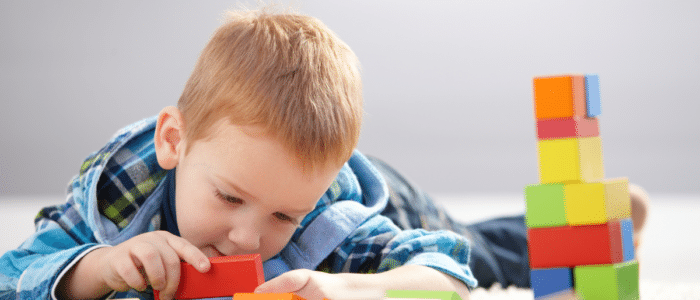3 Fun And Educational Activities A Babysitter Can Do With Toddlers Aged 1-3
Toddlers who are between the ages of one and three are just so cute, aren’t they? These little humans offer us such joy in the way they sweetly explore just about everything they see. Eager to discover the world around them, toddlers seem to have boundless energy and curiosity. In these early life stages, children make significant strides in motor skills, language development and social interaction. For babysitters, it’s a prime time to help their care recipients grow.
Remember, however, that no matter how you engage with your toddler, “safety first” must always be practiced. Here are three fun and educational activities a babysitter can do with toddlers aged 1-3:
1. Finger painting.
Okay, what kid doesn’t love finger painting? We get it. It can get messy. However, the ability to paint without brushes lets little kids freely express their creativity. Finger painting also helps children to develop fine motor skills. For this activity, be sure to use non-toxic, washable paints and large sheets of paper. This will both keep the child safe and make cleaning up much easier. It’s vital, of course, to always supervise closely to prevent paint from ending up in mouths or eyes.
“Finger painting exposes children to colours, self-identification, exploration, experimentation and mixing, which all have positive effects on their intellectual development and thinking skills,” attests Active Brain Academy, “As they manipulate materials, move in space and think about colors, their minds are occupied with multiple things at all times. Finger painting develops both sides of the brain and teaches children how to use them simultaneously.”
2. Building blocks.
Enter some classic toys that never go out of style! Go ahead and offer your toddler a variety of blocks in different shapes, sizes and colours. Encourage the kiddo to stack them up, knock them down and build again. Playing with building blocks is known to promote spatial awareness, problem-solving skills and creativity. Feel free to join in on the fun. Help your little one to create towers, bridges and other structures. This introduces such concepts as balance and symmetry.
As always, keeping your child safe is mandatory. Be sure that all of the building blocks are large enough to prevent choking. They should also be made of safe, non-toxic materials. As well, be on the lookout for any broken or damaged blocks that could pose hazards.
“Due to the many shapes, sizes and colours on offer, blocks offer ample opportunity for children to practice important maths skills, covering measurement, number, symmetry, balance and estimation,” writes Charlie Chewter of the UK’s Teach Early Years, “By comparing shapes and sizes, creating patterns or providing measuring and weighing tools, we can extend play and exploration.”
3. Story time.
We’re not just talking about reading books here. At story time, consider ways that you can incorporate some role playing. Pull out such simple props as hats, scarves and toys so that you can act out stories with your little one. It goes without saying that all props should be safe. Use nothing with small parts or sharp edges. Storytelling is an activity that boosts language skills, social interaction and emotional development.
“Reading to toddlers sets the foundation for later independent reading,” says KidsHealth.org, “Reading problems can be challenging to fix when discovered in elementary school. But many reading problems can be prevented if reading starts in the toddler and preschool years.”
Calling all babysitters!
SOS 4 Kids offers a Babysitter’s Course for children aged 11 to 15. It teaches participants how to supervise young children in a safe and responsible manner. They are also taught basic first aid skills. To learn more, give us a call at 1-844-373-1024. You may also email us at [email protected] or fill out the form on our Contact page!


